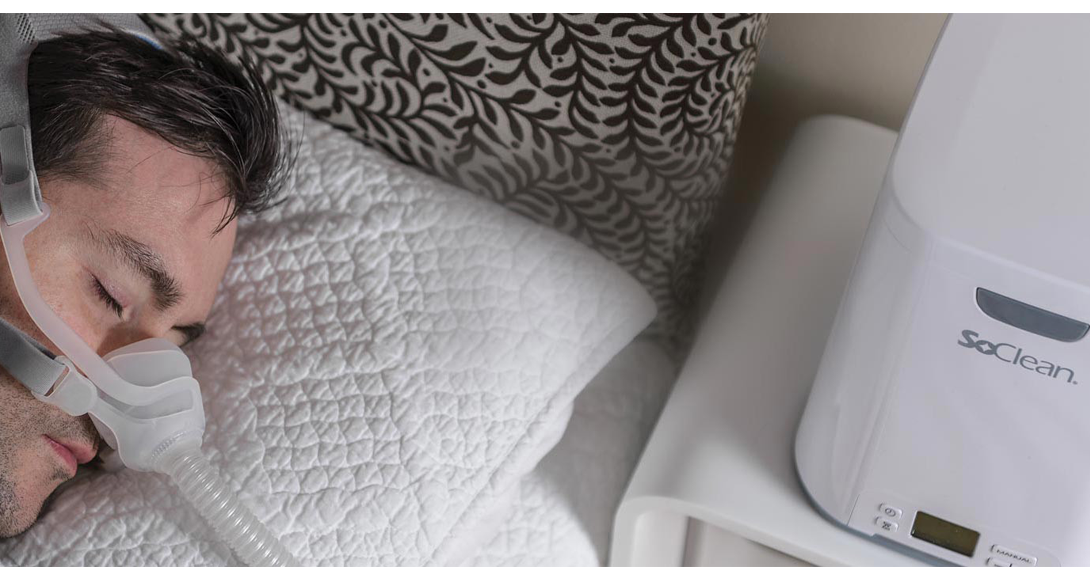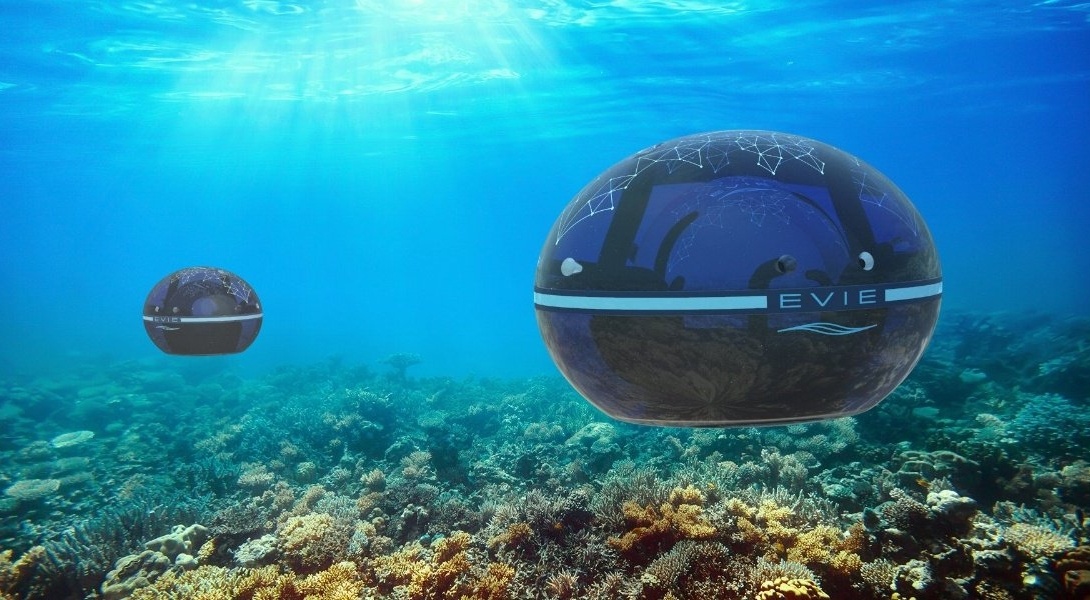Every time someone interacts with a product, it’s telling a story about the company it came from and the brand it represents. Most of those stories are unremarkable; some of the stories are confusing or have disappointing endings, but some of the stories are memorable and worth sharing. Each product interaction shapes the narrative we share. (Read: “How Social Media Is Influencing Purchase Decisions." We’ve all told stories about a car we loved, or an app that’s great, or a wearable device we were excited about. We’ve also spent at least as much time complaining about the products in our lives; how funny they look, or how complicated they are, or how frustrated they make us feel. Sometimes we’ll blame ourselves for our inability to understand or use a product, but, more and more, we’re blaming the company or brand for making us feel these ways. And that’s important to appreciate because it’s the feelings we get from these experiences that begin most stories.
We need to design good story starters.
It has become undeniably clear that in our modern, connected world, actual user interactions with products matter far more than any brand positioning or advertising messaging as it relates to brand experience and brand loyalty. Advertising agencies and brand development agencies are giving way to product development teams that focus on user experience design. Leading companies know that it is time to focus on product design as the primary vehicles for brand expression. Therefore we, as product design professionals, need to think more broadly about what we design. More than products as objects that deliver good utility and aesthetics, we need to design ways users can have positive experiences with our products and our companies. In effect, we need to design good story starters.
For large organizations that must innovate to maintain market leadership positions, it’s hard to stay on course.
This example may be obvious but that’s okay: Growing up, my son loved LEGOs. Everybody in the family would buy him various kits, he’d build them in seconds as intended to show the gift giver, then he’d immediately tear it apart and build his own, better, more imaginative thing. The toy building bricks gave him a way to be creative. They also gave me a way to engage in hours of play with my son. I tell stories about the fun experiences we had and I always give LEGOs as gifts to kids. The company designed a medium for positive engagement that gets expressed in stories like mine, every day, around the world. But for large organizations that must innovate to maintain market leadership positions, it’s hard to stay on course. Even LEGO, with their “Bionicles” line, created a building set that was too prescribed in its play pattern and worse, was not fully backward compatible with their standard bricks. Kids (and parents) told stories of disappointment and it cost the company dearly. Well established companies like LEGO must exercise extreme product design discipline to ensure future products align with their brand’s true mission.

Less well-known companies need to exercise a different kind of product-based brand vision discipline: one focused on refining their value proposition. SoClean, a client of ours, decided to focus on CPAP mask wearer’s problems. Users of CPAP masks suffer from sleep apnea, a sleep disorder which has serious long-term health consequences. Unfortunately, the masks are hard to clean so people don’t clean them like they should. Left uncleaned, masks harbor germs that give the users colds, rashes and other problems that create a pretty bad user experience. We helped SoClean address those problems by designing an easy to use device that fit into user’s normal bedtime routines. Users experienced the benefits and spread the word. Now, SoClean is one of the fastest growing businesses in the home-healthcare market. They are an excellent example of a smaller company taking extreme care to ensure their products deliver value associated with their core brand pillars - in their case health enhancement, lifestyle fit, and simple usability. SoClean spends enough time to create awareness but they let their users do the selling by sharing success stories.

Start-ups, unlike companies with an established trajectory, forge brand expression through the promise of the new offering. Start-ups are the purest form of “product as company” – virtually everything the company stands for is expressed by the product. The more impressive the product, the more attractive the company becomes. We helped a start-up called Hydroswarm express their vision for a world enhanced by simple and safe undersea data-gathering robots. Our job was to create a prototype that would engage potential customers and attract investment resources. We built a full-scale product vision model based on the founders Ph.D. work at MIT, some conceptual engineering, and importantly, a set of aesthetic and emotional qualities (including friendliness, mystery, and environmental fit) that would help the founder tell a story about her company’s vision through the product itself. Our prototype is currently on display in the “The Future Starts Here” tech exhibit at Victoria and Albert Museum in London. With this design vision prototype (and a ton of legwork) Hydroswarm is garnering customer and venture capital interest. By planting seeds, developing relationships, and using design vision prototypes, Hydroswarm is allowing the media to extend the reach and power of their story.
The message from the market is clear: all companies and brands that offer products to customers must take a close look at their mission, vision, and product promises, and drive those ideas and values directly into the products they offer. Customers are experiencing your brand through your product, checking your promises against your delivery and telling their stories to everyone that’s listening.


